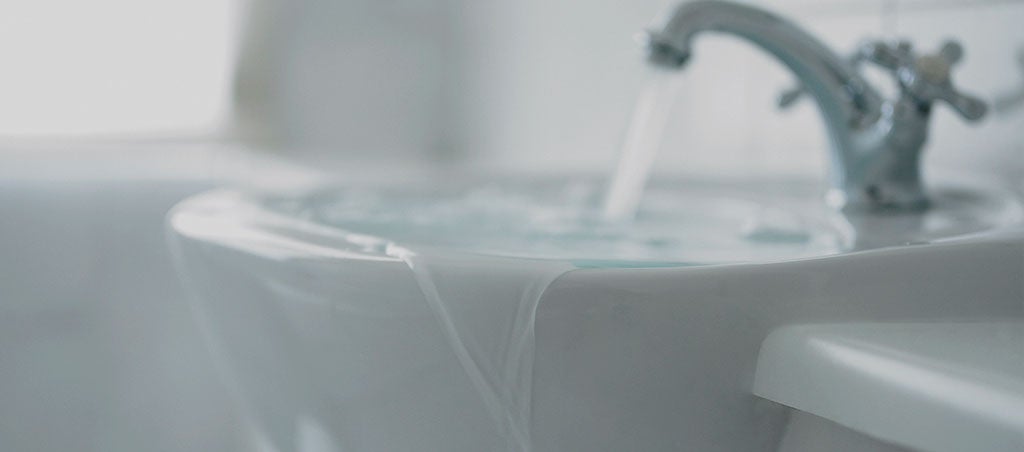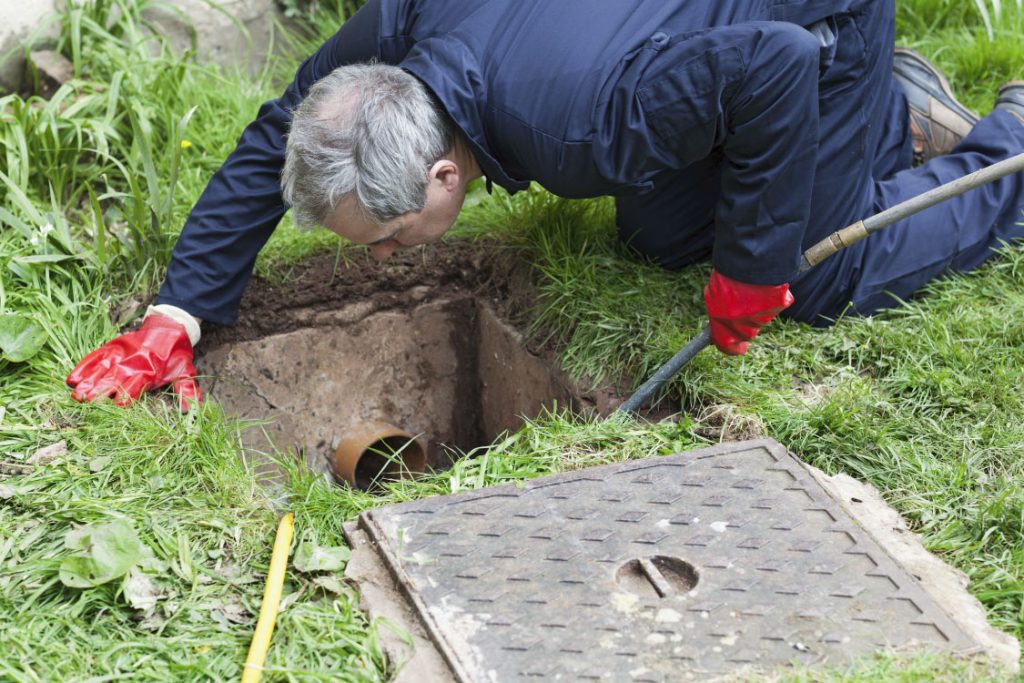Approaches for Tackling a Blocked Drain Before Reaching out to Expert Help
Approaches for Tackling a Blocked Drain Before Reaching out to Expert Help
Blog Article
Just how do you actually feel on the subject of Some easy tips to fix blocked drains?

Intro
Handling a blocked drainpipe can be a discouraging experience, interfering with day-to-day activities and potentially causing damage to your property. Nevertheless, before connecting to plumbing specialists, there are steps you can require to attend to the problem yourself. In this overview, we'll check out DIY services and safety nets to tackle an obstructed drain successfully.
Determining the Problem
The very first step in resolving an obstructed drainpipe is acknowledging the indications. Slow-moving drain, gurgling sounds, foul odors originating from drains pipes, or water support up prevail indications of a blocked drain. Identifying these indicators early can help stop additionally complications.
Typical Sources Of Blocked Drains
Understanding the aspects that add to drain obstructions is necessary for reliable resolution. Typical culprits include hair, soap residue, grease, food debris, and international items like sanitary items or paper towels. Tree origins getting into below ground pipes can also trigger significant clogs.
DIY Solutions
For small clogs, numerous DIY solutions can be reliable. Pouring boiling water down the drainpipe can help dissolve grease and debris. Baking soda and vinegar or a combination of salt and cooking soda can work as all-natural cleansers. Using a bettor or plumbing snake to displace blockages is one more choice.
Tools and Devices
Having the right devices handy can make DIY drainpipe cleaning more reliable. A plunger is a flexible tool for clearing obstructions in sinks, bathrooms, and showers. A pipes snake or auger can get to deeper blockages, while drain cleansing chemicals can be utilized cautiously for persistent blockages.
Safety nets
To avoid future obstructions, adopting preventive measures is important. Set up drainpipe guards or strainers to capture hair and particles prior to they enter the pipelines. Consistently flush drains with warm water to dissolve oil build-up, and stay clear of throwing away oil or strong waste down the tubes.
When to Call an Expert
While DIY solutions can solve minor obstructions, particular signs suggest the need for specialist assistance. Consistent obstructions, foul odors regardless of cleaning up efforts, or several drains supporting all at once are red flags that require skilled treatment.
Choosing the Right Pipes Solution
When choosing a pipes solution, take into consideration factors such as experience, licensing, and customer evaluations. Choose a credible plumber with a performance history of high quality workmanship and transparent pricing methods.
Price Factors to consider
The expense of specialist drain cleaning services can differ relying on the extent of the blockage and the plumber's rates. Demand quotes from numerous service providers and ask about any type of surcharges to guarantee transparency and stay clear of shocks.
Safety Measures
When attempting do it yourself drain cleansing, prioritize safety and security. Use protective gloves and eyewear to stay clear of contact with damaging chemicals or germs. Never ever blend different drain cleaning items, as this can generate hazardous fumes.
Instance Researches
Real-life instances illustrate the efficiency of DIY remedies and the significance of timely expert intervention in resolving drain blockages.
Conclusion
By following the suggestions described in this guide, you can efficiently tackle obstructed drains and avoid future pipes concerns. Whether selecting DIY solutions or seeking specialist assistance, punctual action is key to maintaining a healthy pipes system and protecting the honesty of your home.
How to Clear a Clogged Drain Yourself (And When to Call In the Professionals)
What Can Clog a Drain
Dirt Skin flakes Hair Grease Soap scum Food Offset pipes Tree roots Small objects Mineral buildup DIY Tricks to Unclog a Drain
You can fix this! Once you have identified the source of the clog (or have a vague idea), you can try one or a combination of these fixes in order to clear your plumbing.
Wire Hanger or Snake
Untangle and clear out hair from a drainpipe with a homemade snake. Use a straightened-out wire hanger with a 90-degree angle hook to locate the clog and drag out any unwanted material.
Remember not to push the clog further down to where the wire hanger cannot reach! If you need to follow up with a plunger, give it a try. Your efforts might be more successful after it’s been wire-snaked.
If you want to get fancy and don’t have a wire hanger to spare, head to the store and pick up a hand-operated drain snake. You can get one for $10-$30. It may save you the hassle, and provide additional length to reach deep into the clogged pipe.
Plunger
A cup plunger has a suction cup attached to a wooden handle. The rubber creates a seal around the drain, and increases the pressure force of the plunger.
Plunge for 30-second increments to loosen the clog. This may need to be repeated over the course of 15-20 minutes. Once plunged, run the water to flush the remaining material out of the drain.
Remember– never use a plunger if you have used a chemical drain cleaner. These chemicals can splash up from the force of the plunger and cause serious injury or burns.
Boiling Water
Hot water can sometimes break up materials into a flushable amount. Dirt, grease, and soap buildup requires heat in order to unstick from surfaces.
Take your kitchen kettle and heat your water to a boil. Once it reaches a rolling boil, pour it directly down the drain into the blockage. Carefully follow with plunging, if necessary.
Don’t worry if this takes more than one try! It can often take multiple kettles and repeated plunging in order to clear a particularly stubborn clog.
Chemical Drain Cleaner
As a last resort, pick up a bottle of chemical drain cleaner. Drain-cleaning chemicals are potent, and not very good for the environment.
You may need to wear protective eyewear in gloves before handling your bottle of chemical drain cleaner. Follow the instructions printed on the bottle, and flush with water as soon as the instructions allow. Do not follow with plunging.
Baking Soda and Vinegar
As a safer alternative to chemical drain cleaner, baking soda and vinegar can create a chemical reaction that clears tough clogs.
Combine one cup of cleaning vinegar with one cup of boiling water, and set aside. Once you have done this, pour half a cup of baking soda down the drain. Give the baking thirty seconds to settle and cover a large portion of the problem drain.
Following the baking soda, pour down your vinegar and hot water solution. Once the vinegar and baking soda combine, the mixture will bubble and fix. Let this reaction fizzle in the drain for about an hour.
After an hour, follow with a kettle’s worth of hot water. The heat and liquid should flush out any remaining material.
When to Call a Plumber
If your DIY attempts haven’t cleared your clog drain, it’s time to call in a professional. It’s not worth losing access to your kitchen sink or high-traffic bathroom. A clog in a vital area can keep you from the things you’d rather be doing, and derail your routine.
Anytime a clog is causing water to spread is a time to call in a plumbing service. What starts out as a little bit of water can quickly grow into serious, expensive water damage.
Additionally, a serious clog can result in burst pipes or serious leaks. Make sure you know when to take it seriously!
https://myguysnow.com/how-to-clear-a-clogged-drain-yourself-and-when-to-call-in-the-professionals/

Do you enjoy more info about Tips for Dealing with Clogged Drains and Sewer Lines? Create feedback below. We will be delighted to know your responses about this blog post. We are looking forward that you visit us again in the future. Do you know about anybody else who is involved in How to handle a clogged drain in your home? Why not share it. Thank you for going through it.
Call Today Report this page